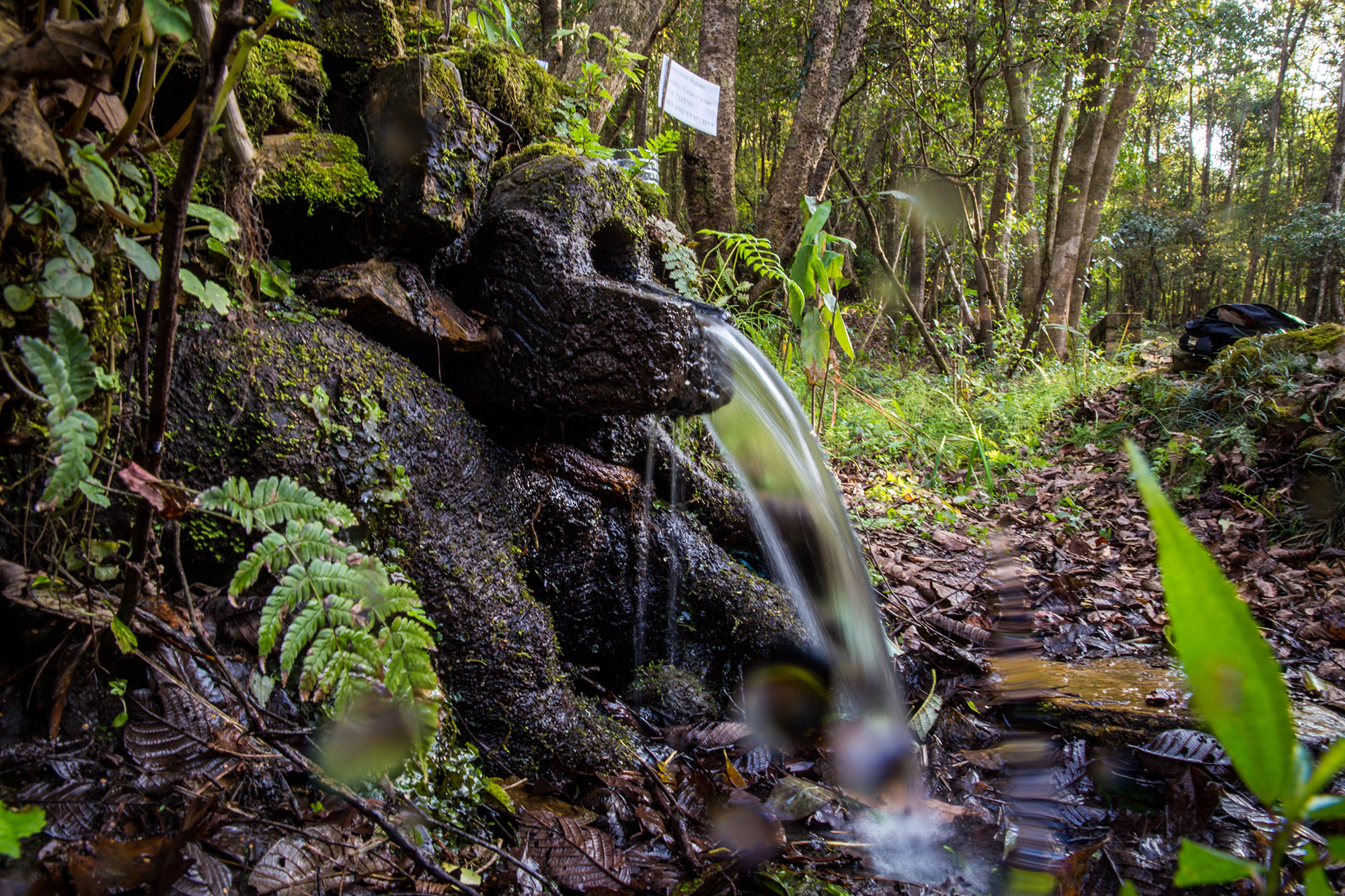According to a NITI Aayog report (2018), there are five million springs across India, of which nearly 3 million are in the Indian Himalayan Region. An estimated 200 million people depend on spring water across the Himalayas, Western Ghats, Eastern Ghats, Aravallis and other such mountain ranges, implying that more than 15% of India’s population depends on spring water. The local communities consider the springs holy due to their role in natural filtration of water as it travels through shallow and deep aquifers. Springs also serve the important hydrological function of sustaining winter and dry season stream flows in non-glaciated catchments, helping sustain riverine ecosystems and biodiversity across the Himalayan river basins.
Despite the key role that springs play, they have not received due attention and many are drying up. According to NITI Aayog, there is increasing evidence that springs are drying up or their discharge is reducing throughout the Indian Himalayan region. Studies estimate that nearly half of the perennial springs have already dried up or have become seasonal and tens of thousands of villages are currently facing acute shortage of water for drinking and domestic use. Given the magnitude of the crisis of widespread problem of drying springs there is a pressing need to scale up Springshed development programmes in the mountainous regions.


